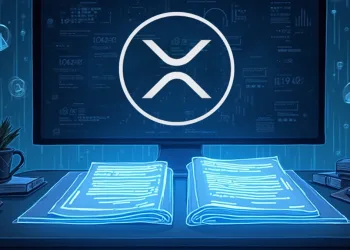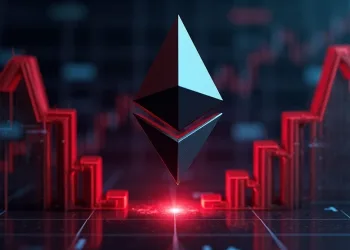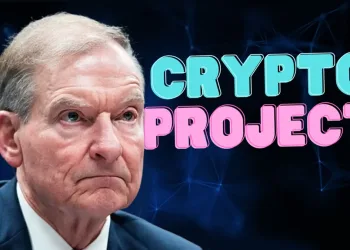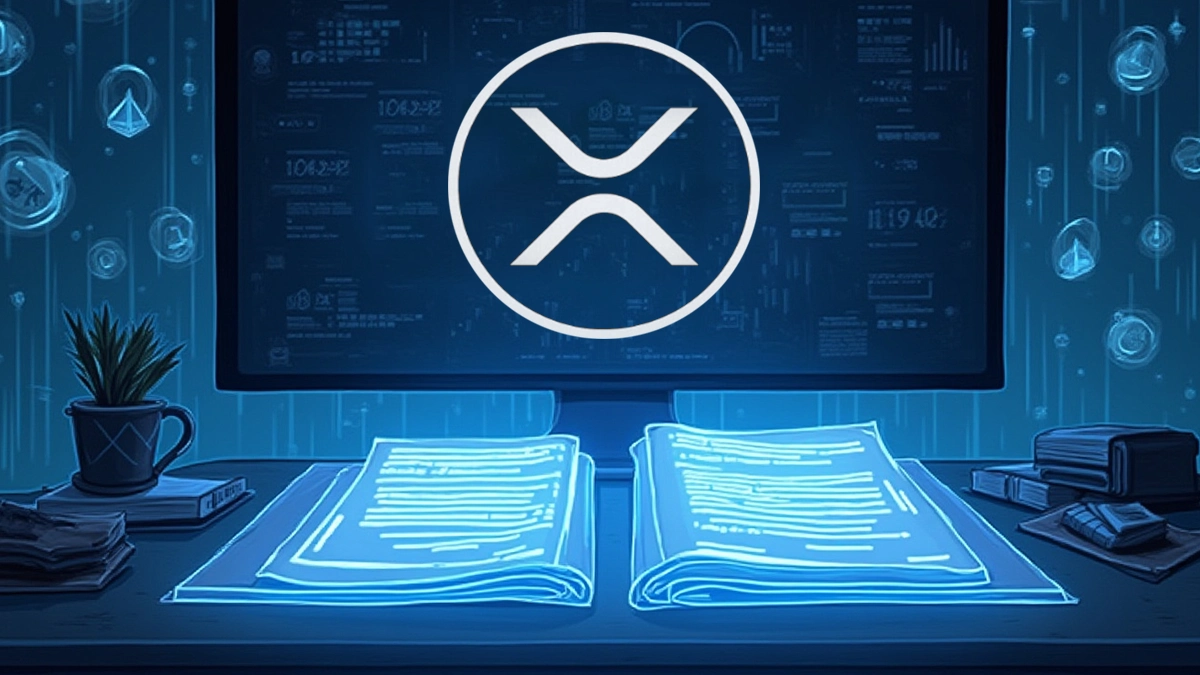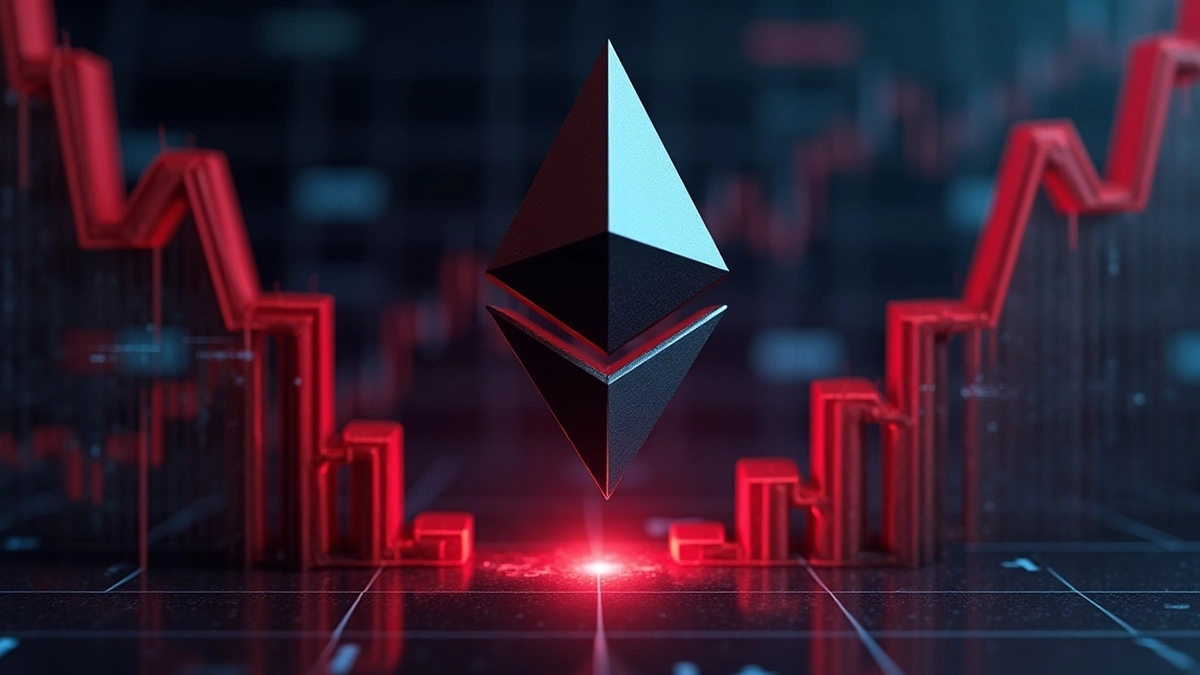- Gavin Wood proposes separating tokens from networks to promote cross-chain interoperability.
- Charles Hoskinson supports shifting from tribal loyalty to cooperative crypto development.
- Current blockchain rivalries discourage collaboration, limiting industry-wide innovation.
Cardano founder Charles Hoskinson emphasized a pressing concern echoed by Polkadot founder Gavin Wood: the growing tribalism within the crypto industry. Responding to Wood’s observations about the growing competitive nature between the major blockchain networks such as Ethereum, Solana, and Polkadot, Hoskinson pointed to the collaborative economics model enabled by the Midnight protocol.
Both leaders highlighted how the industry should work together to improve its productivity, rather than compete with each other. Gavin pointed out that loyalty to an ecosystem is now more important to developers and users than being innovative or supportive of different platforms. There is a clear move to examine changes that may eliminate these echo chambers.
Fierce Rivalries Limit Technical Collaboration
According to Wood, competition across Layer-1 blockchains now resembles sports leagues, with each protocol operating like a team. People in the industry typically stick with their own ecosystem, seeing any kind of cooperation with another as a betrayal. As a result, founders reportedly feel the need to distance themselves from joint projects that could be seen as limiting the independence of their ecosystem.
He remarked that such pressure stems from protocol-focused expectations, where loyalty to one network discourages shared development. This cultural divide, he argued, is not grounded in technical limitations but in perception and narrative. This division, he explained, has transformed technical cooperation into political maneuvering.
Proposed Solution: Decoupling Networks from Tokens
To address these issues, Wood proposed a technical model that separates blockchain networks from the tokens built on them. He suggested allowing tokens to maintain their unique identities while being interoperable across different chains. In this framework, tokens could remain functionally distinct but trade freely at market rates across compatible platforms.
He compared this vision to the way fiat currencies operate. People can exchange currencies as they move across borders, and networks could adopt a similar model. The goal would be to create a fluid, decentralized environment where developers and users engage based on utility rather than allegiance. This would require each blockchain to adopt flexible token standards that support cross-chain usage.
Vision for Frictionless Interoperability
Expanding on the analogy, Wood emphasized the importance of enabling seamless movement across blockchain ecosystems. He envisioned users holding a diverse basket of tokens, with each one automatically converted or utilized based on context. In this model, interaction with decentralized services would prioritize practical needs over protocol loyalty.
Before implementing such a solution, there is the need for a detailed plan on how multiple Layer-1 blockchains could cooperate. This would include resolving competitive tensions and ensuring base-layer currencies avoid functioning as exclusive domains. His vision advocates for a market-driven, interoperable infrastructure—one that dismantles the industry’s current team-based mentality.






